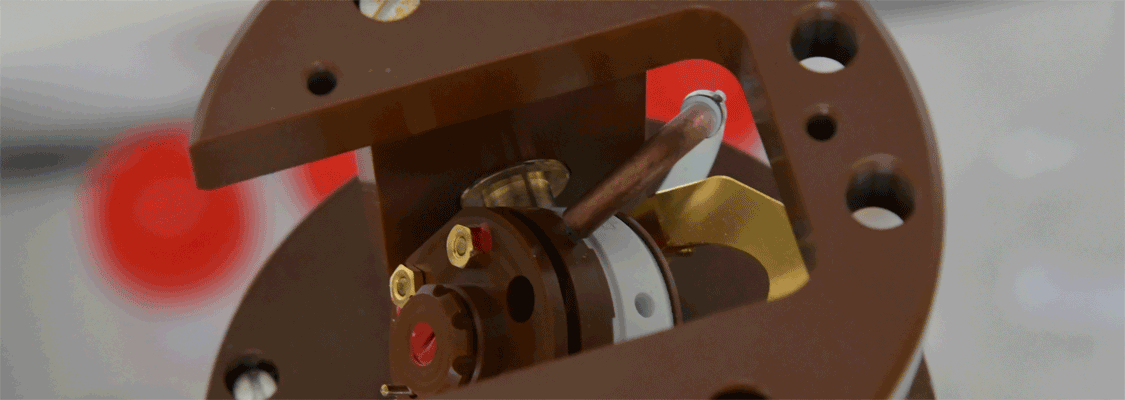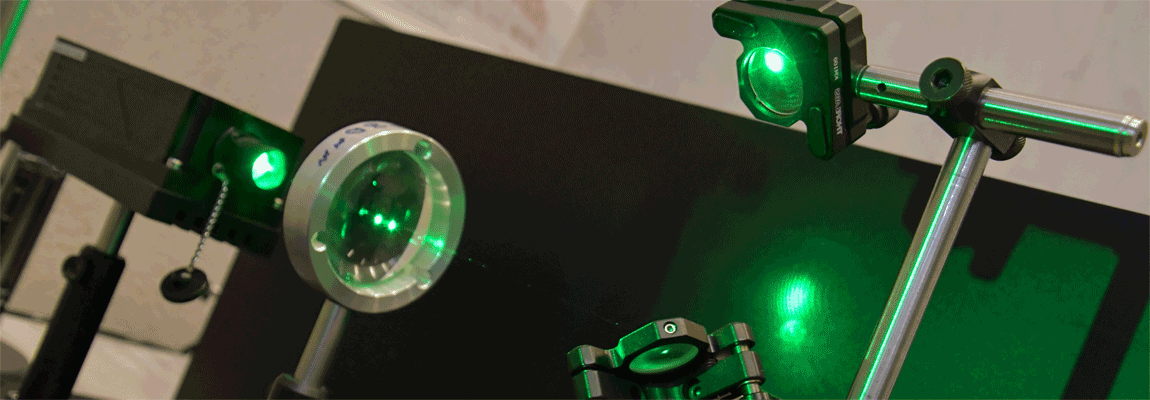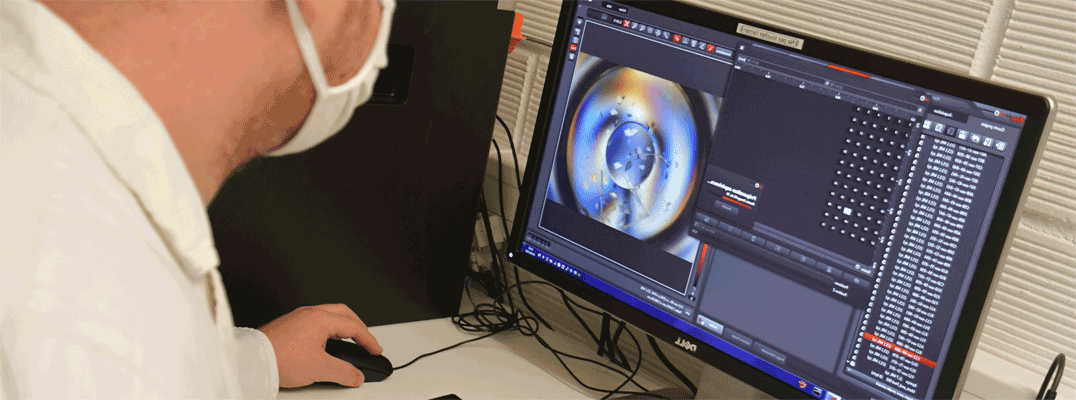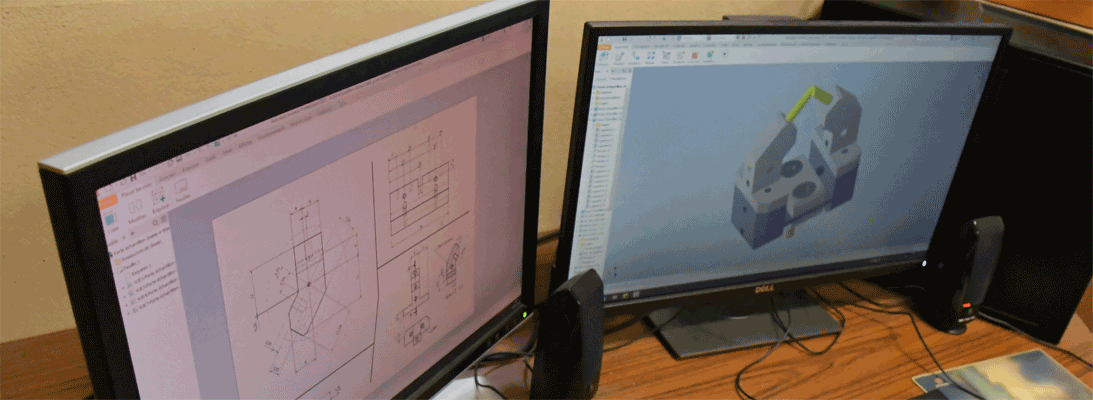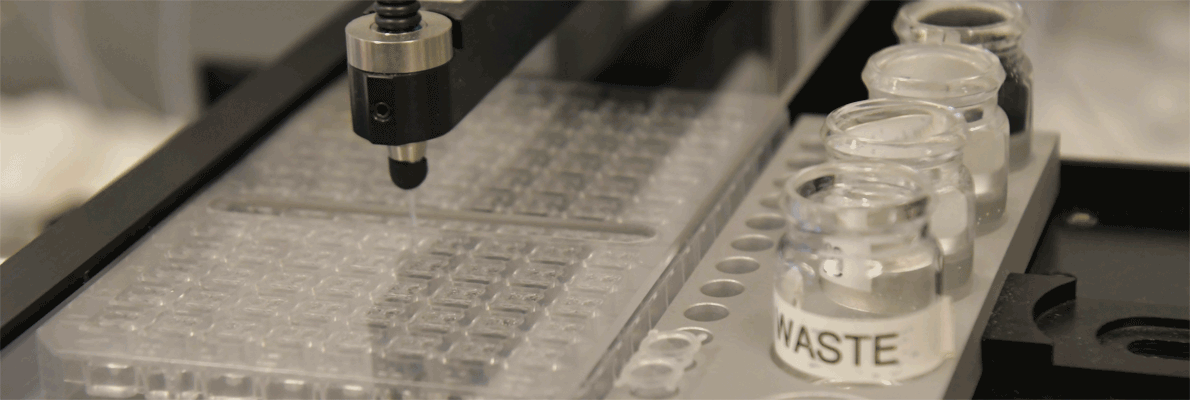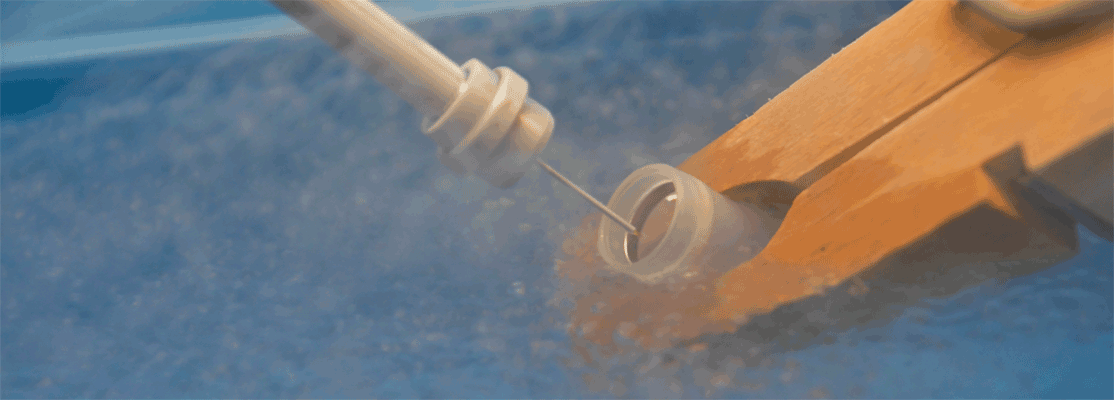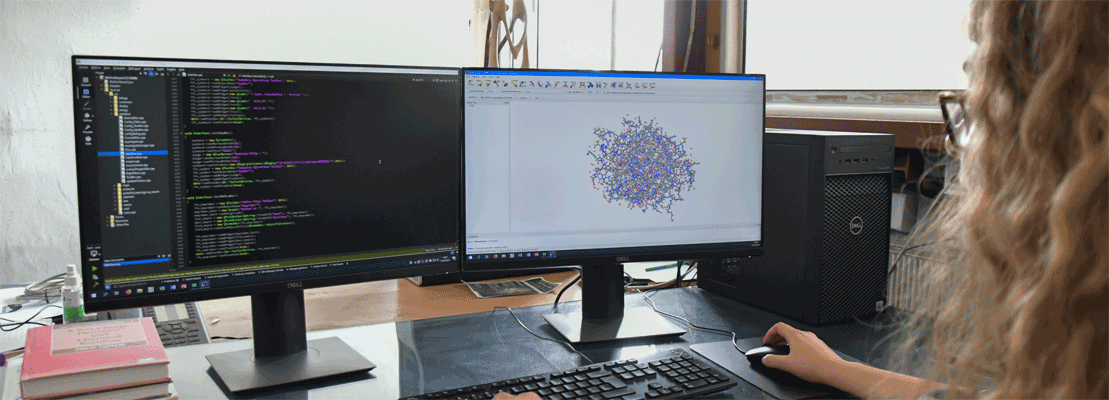« Mathematical Methods in Macromolecular Crystallography: Theory and Practice »
August 19-22, 2002, University of Penang, Malaysia
August, 19
- 9.00-10.30 Fundamentals :
- – field of crystallography
- – basic goal of structural crystallography
- – crystals; direct space; fractional coordinates;
- – crystallographic symmetries
- – crystallographic space groups
- – diffraction by crystals; structure factors; phase problem
- 11.00-12.30 Fundamentals of Fourier transformation
- – Fourier transformation of a periodic function
- – three-dimensional Fourier transformation
- – Fourier transformation of a grid function
- – Fourier transformation and a convolution
- – Fourier coefficients and the origin shift
- 14.00-15.30 Models of crystals:
- – Atomic structure
- – Ionic crystals
- – Symmetry and phase transitions
- – Molecular crystals; macromolecules
- – Proteins, nucleic acids, viruses, macromolecular complexes
- – secondary and spatial structure
- – model of independent isotropic atoms
- – fixed-bond models for chain molecules
- – anisotropic atoms
- – multipolar modelling
- – crystallographic solvent molecules and bulk solvent
- – other models
- – different levels of a crystal description
- 16.00-17.30 Problem of structure determination :
- – phase problem
- – direct methods
- – intermediate density calculation
- – density analysis and interpretation
- – model refinement
- – history and milestones
August, 20
- 9.00-10.30 Patterson methods
- – Patterson function and its properties
- – Patterson function and the atomic structure
- – resolution of the Patterson function
- – superposition methods
- 11.00-12.30 Fundamentals of probabilities , statistics and linked tools
- – Central Limit Theorem
- – Bayesian approach
- – likelihood approach
- – least-squares method
- – von Mises distribution; modified Bessel functions
- 14.00-15.30 Direct methods
- – distribution of structure factors
- – sigma-2 formula
- – tangent-formula
- – MULTAN approach
- 16.00-17.30 Molecular Replacement :
- – use of a particular information : approximate model
- – 6D-search
- – rotation function
- – translation function
- – rigid-body refinement
August, 21
- 9.00-10.30 Experimental methods (MIR, SIR, MAD)
- – experiment in modified conditions
- – SIR method
- – Hendrickson-Lattman phase distribution
- – MIR method
- – MAD method
- 11.00-12.30 Optimisation techniques :
- – different classes of optimisation techniques
- – optimisation without derivatives
- – gradient methods
- – second-order optimisation methods
- – numeric realisation of optimisation techniques
- – random search methods; Metropolis algorithm
- – optimisation of several criteria simultaneously
- – optimisation with constraints
- – methods of Binary Integer Programming
- 14.00-15.30 Atomic model refinement :
- – the problems of the refinement
- – Fast Differentiation algorithm
- – fast calculation of structure factors
- – crystallographic criteria and their derivatives
- – scheme of a refinement program
- – model quality
- 16.00-17.30 Model building :
- – main difficulties
- – main information
- – basic ideas : connectivity, libraries
- – automated model building
August, 22
- 9.00-10.30 Density improvement
- – main principles of density improvement
- – iterative algorithms
- – density modification
- – solvent flattening
- – histogram matching
- – atomicity
- 11.00-12.30 Direct phasing from low resolution
- – phasing and extra general information
- – different approaches to phasing; direct and reciprocal space
- – generalised models
- – multiples minima and the search of the solution
- – cluster analysis and general scheme of the direct phasing
- – direct phasing with histograms
- – connectivity features of Fourier maps and direct phasing
- – binary integer programming and direct phasing
- 14.00-15.30 Currently existing methodological problems
- – data analysis, space group determination; twinning
- – difficult cases of molecular replacement; search with multiple models or with a very small partial model;
- – phase improvement: decreasing limits on starting phase error and resolution
- – modelling at subatomic resolution
- – modelling at low and at intermediate resolution
- – refinement: large objects, high resolution; large number of data and parameters;
- – folding; model building by homology; structure prediction
- – direct phasing from low resolution; determination of the secondary structure elements
- – structure analysis; docking




